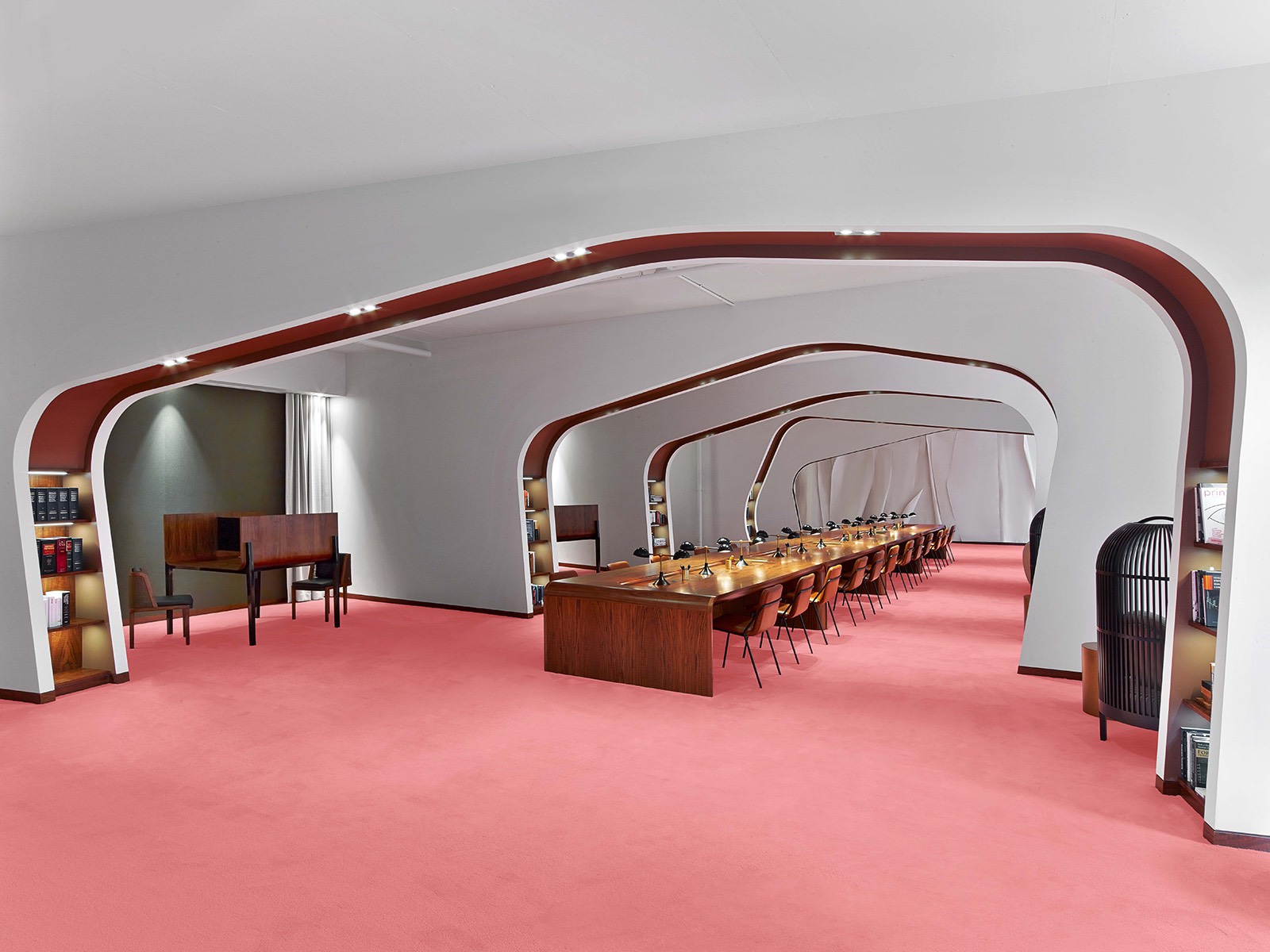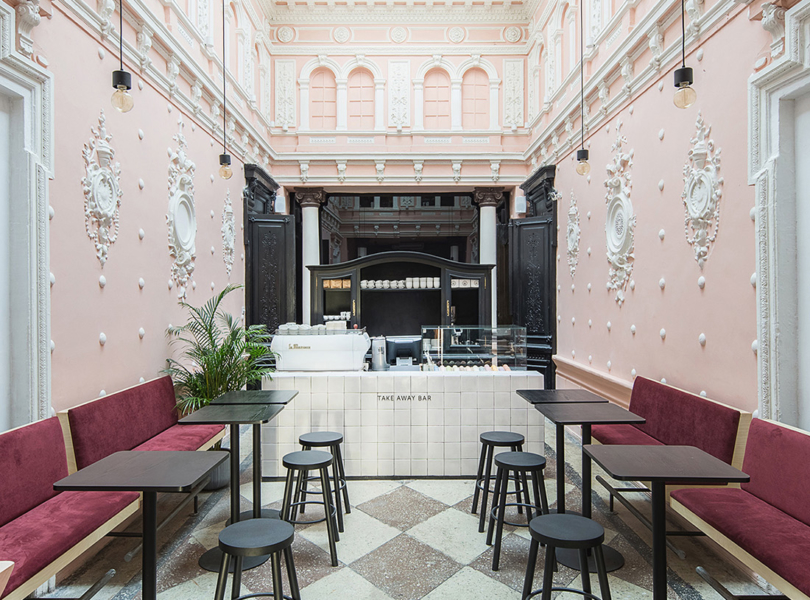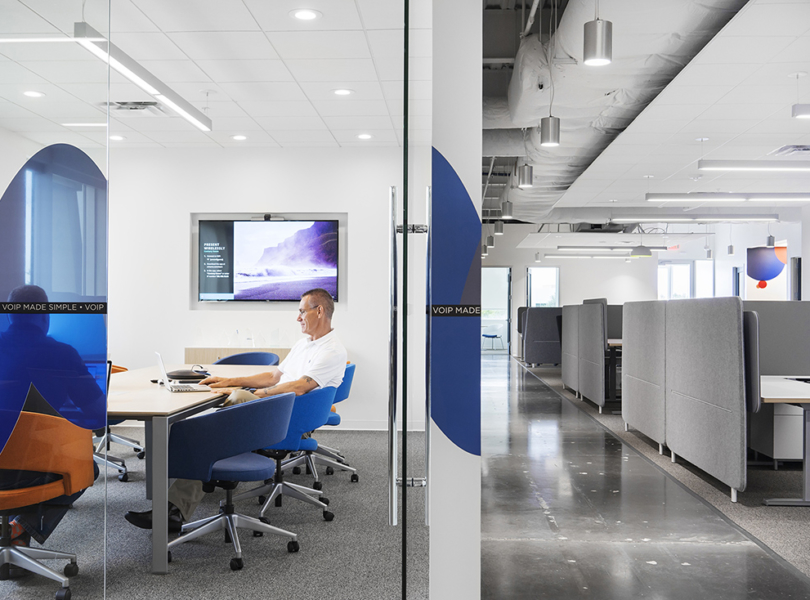CEO of Rapt Studio, David Galullo: Cool is not enough
Rapt Studio is a multidisciplinary design and strategy firm based in San Francisco, that designs cohesive and elegant user experiences for the globe’s top brands, including VF Corporation, IBM, Google, Turner Broadcasting, Dropbox and Fender. We recently sat down with Rapt Studio’s CEO and chief creative officer David Galullo, and talked about interior office design, Rapt Studio products, coworking trends and workplaces in general.
1. Hello David, could you please introduce Rapt Studio to our readers?
Rapt Studio is an interdisciplinary design studio with locations in San Francisco, Los Angeles and New York. We are a collection of talented, design thinkers of all sorts, coming from the worlds of Architecture, Interior, Graphic and Industrial Design as well as Brand and Design Strategy. We come together to solve our clients’ complex problems and to design immersive, and exciting brand experiences.
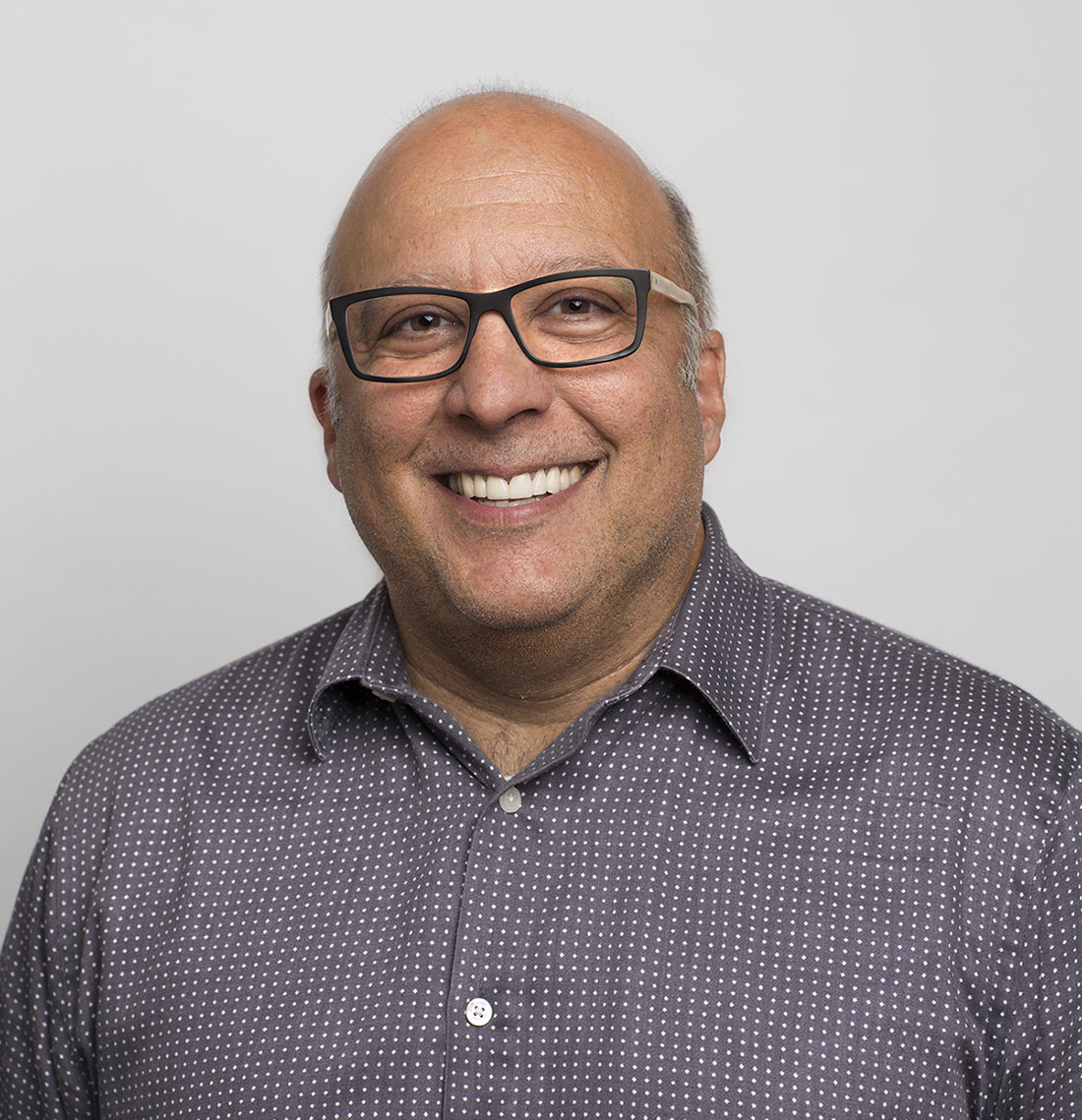
2. What services does Rapt Studio offer?
We design elegant solutions, develop meaningful experiences and bring about deeper connections between people, spaces and brands. Because our relationships with brands are multi-facetted, we bring multiple expertise to bare on every challenge and design holistic and genuine expressions of a company’s brand and culture, which comes in many shapes and sizes – Virtual, digital and physical.
3. You have office locations in San Francisco and Los Angeles. Are there any noticeable differences between these two locations in terms of clients and architecture styles?
And now New York. There are definitely differences in each market, locally, but we are also doing work all over the country as well as internationally from our three studios, so our being located there is as much about being able to attract talent who wants to live in each of those places as it is to do work for local clients. Having said that, the three locations are particularly sophisticated design markets so I wouldn’t overplay the importance of a local style, but instead strategic needs associated with strong local markets – with the Bay Area leading the way in the Technology arena, Los Angeles focused on Media Tech and Entertainment, and New York being the center of the Financial and Fashion world.
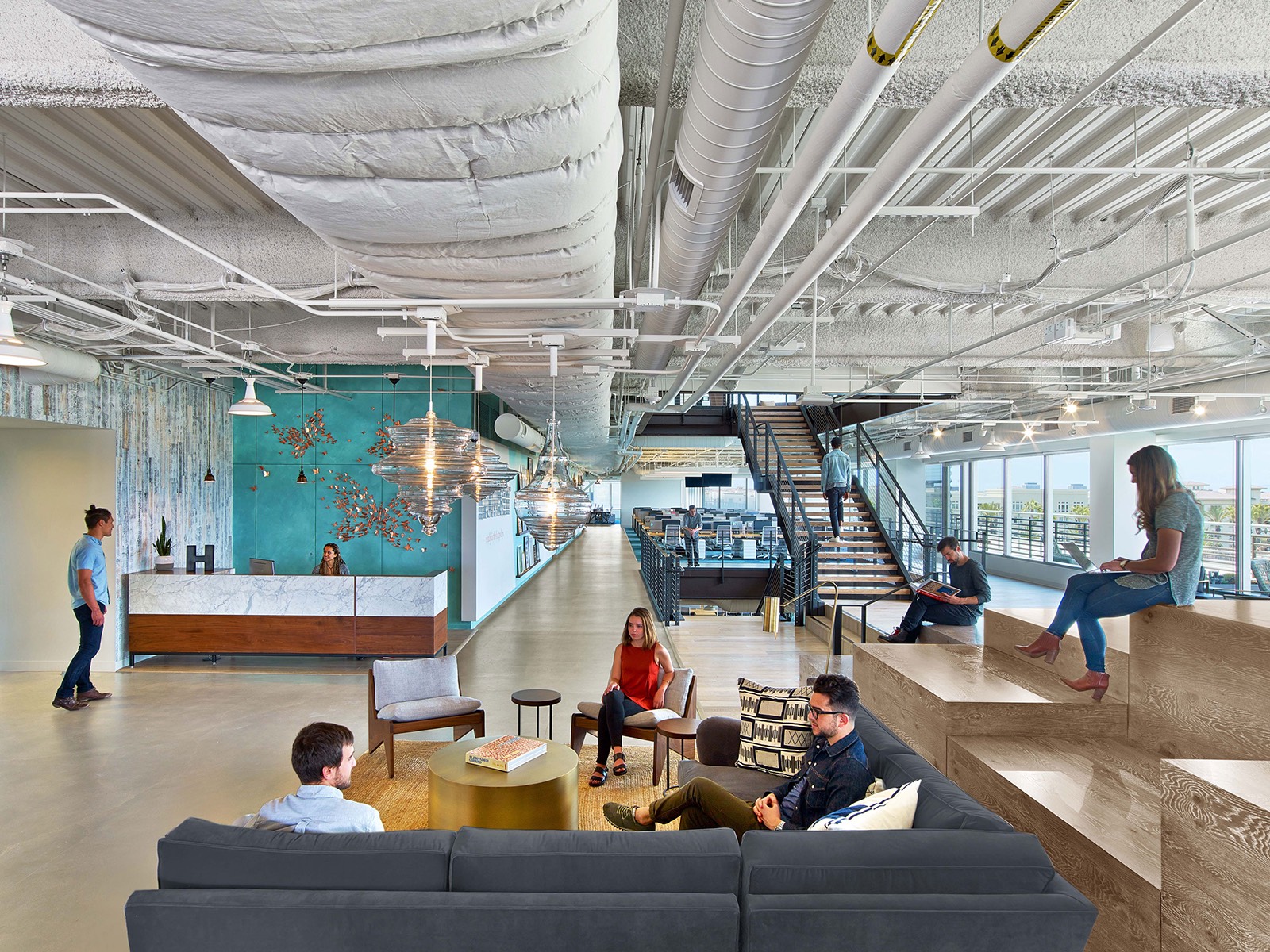
4. You have been building and designing offices for the biggest global companies such as Dropbox, LinkedIn, Google, Adobe. Why do you feel they choose you as their main architect & designer?
Our practice is varied – Focusing on brand and design strategy and the design of meaningful and genuine experiences. Whether we are designing a workplace and the important connections between the staff and the unique culture of the company or a pop-up retail space and a powerful brand experience necessary to tell a compelling story to the customer in a moment, or a hotel or restaurant and the immersive lifestyle portrayed within it’s walls, we strive to make meaningful connections. The best brands in the world, realize that employee and customer engagement is key and look for partners to assist them in telling their story. We are story tellers and I think that is what attracts the incredible list of clients that we have been lucky enough to work with.
5. What do you think are the current office design trends?
I cringe a little when I hear the word “trend” – maybe because I expect the next sentence to announce the use of chocolate brown, peacock green and peppercorn and to predict the dominance of fringe and tassels. But trends are important as they put a light on the way people use spaces; the way they live, work and play. We look for this data as we work with companies to try and predict and design for new ways of working and different ways of seeing space.
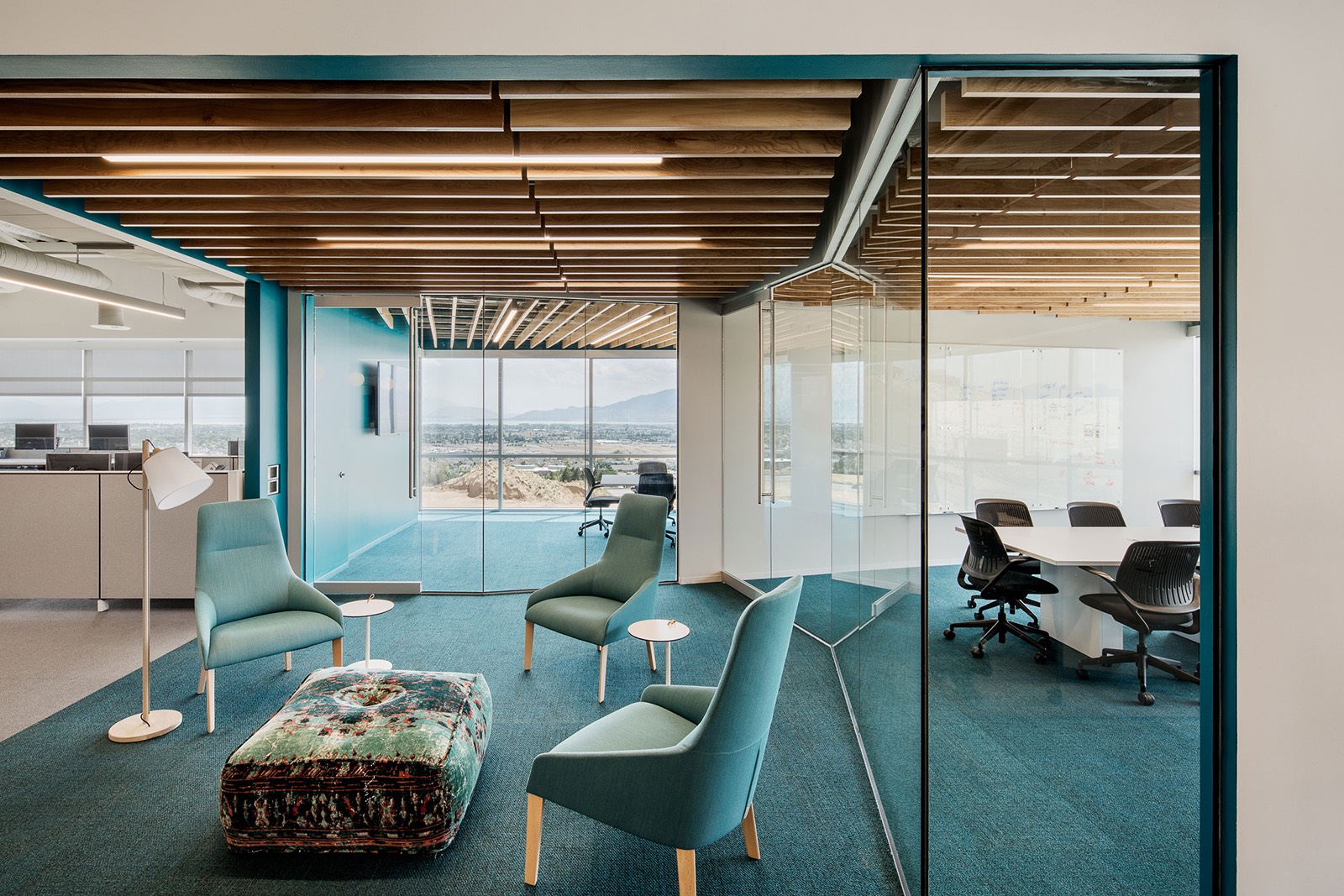
6. Many companies (especially in a tech) invest enormous amount of money into their office environment. Why is that and can we say that having a cool looking office helps you attract the best talent?
Of course, having a “cool looking office” helps to attract talent, but cool looking is not enough. If a meaningful connection is not forged between a workplace and your staff, between a store or even a website and your customer then the money is not well spent. If you are cold and wet and spend a small fortune on a gorgeous coat that is neither waterproof of warm enough, then it’s beauty is not meaningful. The most successful companies know that spending the right amount of money and engaging in the right degree of discovery will uncover the correct balance.
7. What are some common mistakes companies looking for a new office often do?
They think that cool is enough.
8. Let’s say I have a rapidly growing company, I know nothing about architecture and design, but want to have my office to be completely built by Rapt Studio. How would the whole process look like? How do we start?
We believe in the power of strategic design to propel a brand’s message, to tell compelling stories, and to transform and reinvent. We don’t just design for “pretty” but design elegant and efficient solutions to our client’s most complex problems. The process starts with Discovery – our opportunity to truly unearth our client’s DNA, what they believe in, why they exist. We dig deep, skirting the inevitable jump to space, and focus on business and cultural drivers. When start with an in-depth understanding of what this company/brand means to its employees or customers, why they matter, and what unique series of personality traits, operational and cultural rituals – their WHY – then we have a great foundation on which to build a great project. This then allows for every move, every design strategy to build towards the ultimate solution. You never get an opportunity to go back and asked an important, but ignored question, so we take the time upfront to assure a transformational, inspiring and meaningful design.
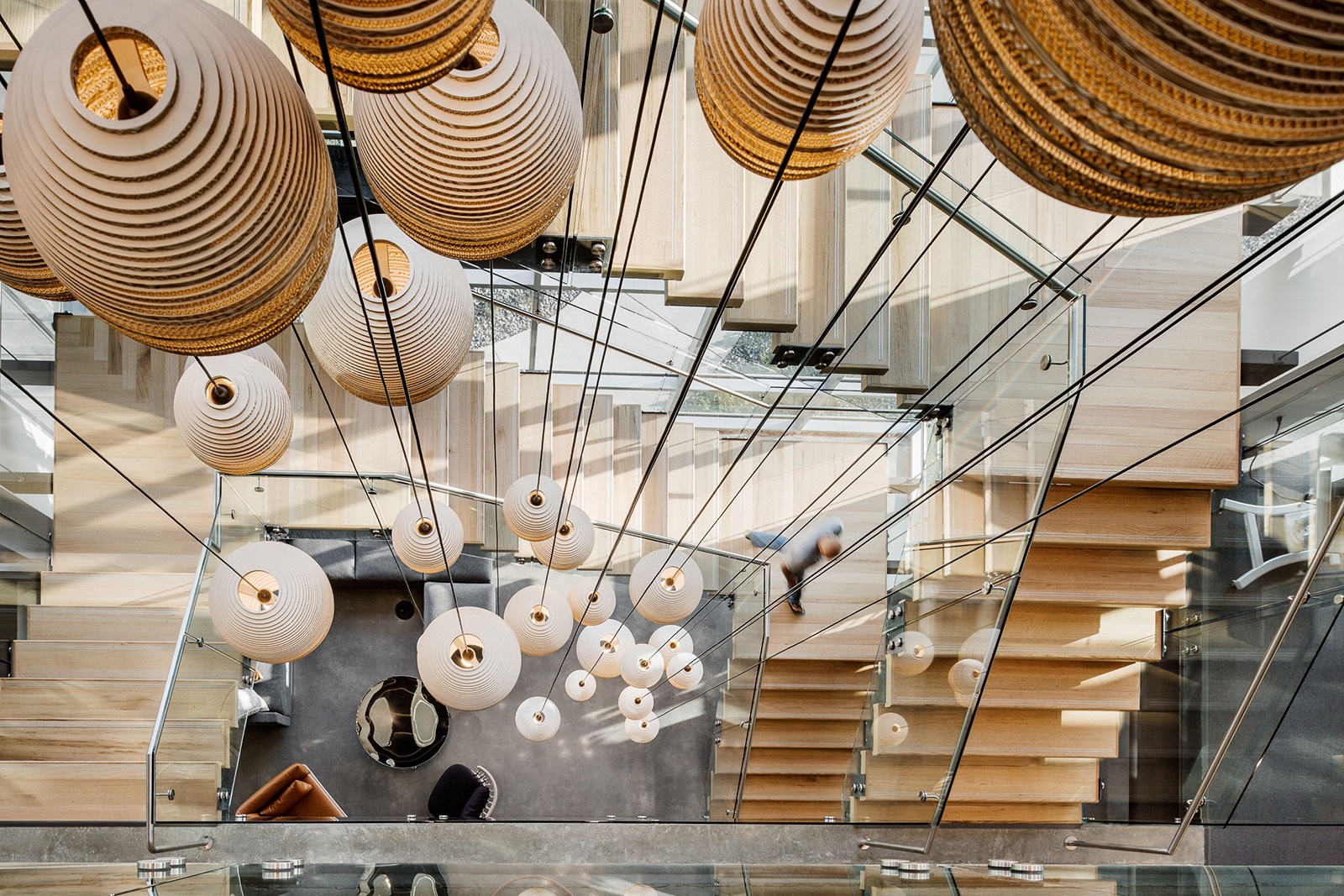
9. Are you able to help with furnishing as well?
We are a full service, interdisciplinary studio, providing holistic and complete solutions including, but not limited to space, furnishings, graphic design, wayfinding, digital and video, as well as marketing and virtual platforms. To analyze interactions and to not specify the tools used to foster those interactions would designing a great looking car with no engine.
10. What do you think is the future of workspaces?
Ugh. That questions haunts me. I guess I am not sure why it is relevant. As long as companies continue to do the work, to take a good long look at what makes them unique, compelling, what makes them matter and making decisions around workplace based on this, then we are on the right track.
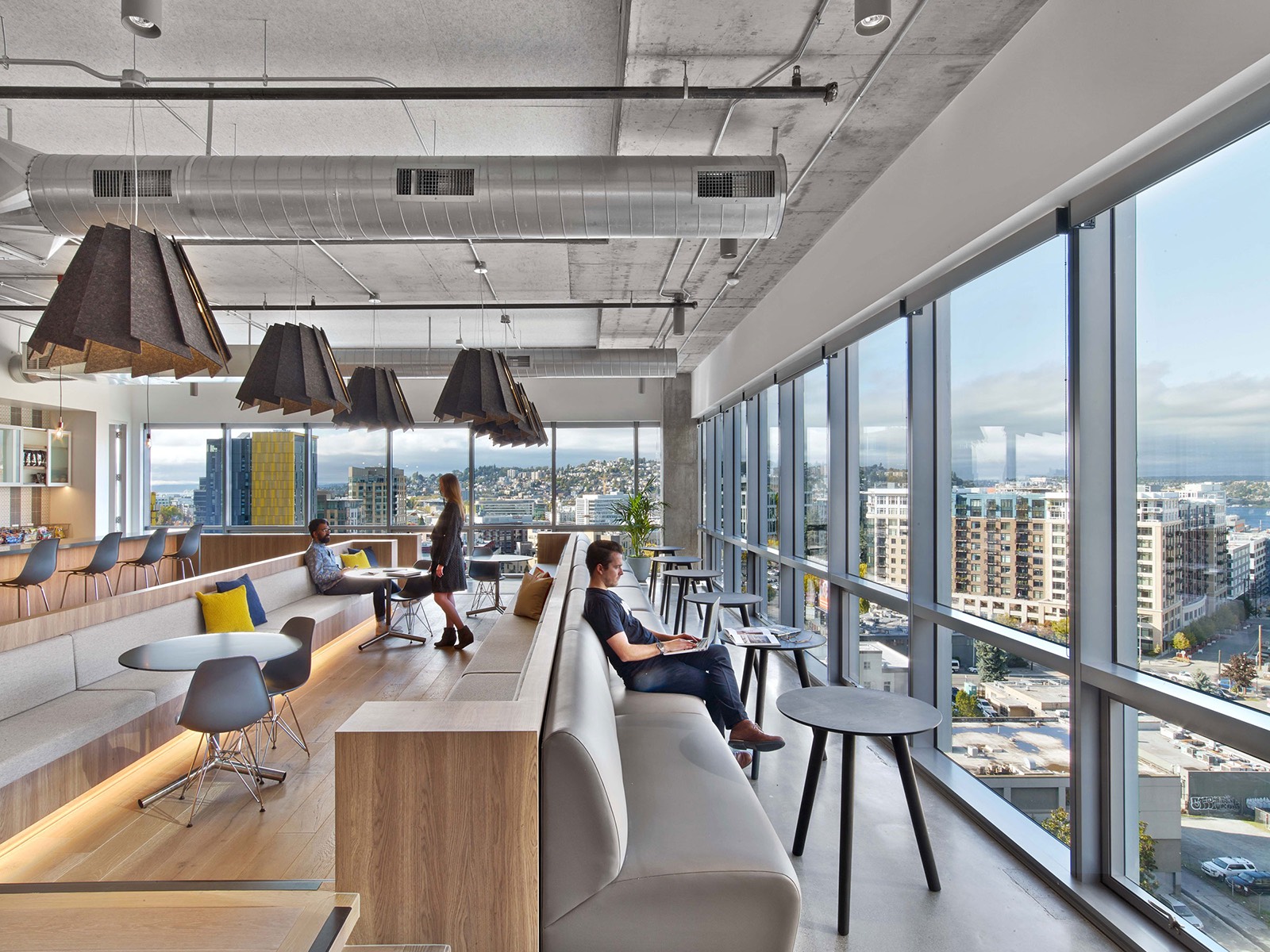
11. Do you think there will be a moment in the future, where offices will be gone and people will work and communicate primarily from their home offices?
NO
12. How do you feel about coworking?
I think that the concept of the coworking space is great – for the same reason that I believe that there will never be a future when the office disappears in lieu of everyone working from home, alone. People are social beings – they thrive off of each other’s energies, share each other’s skills and talents and learn from each other.
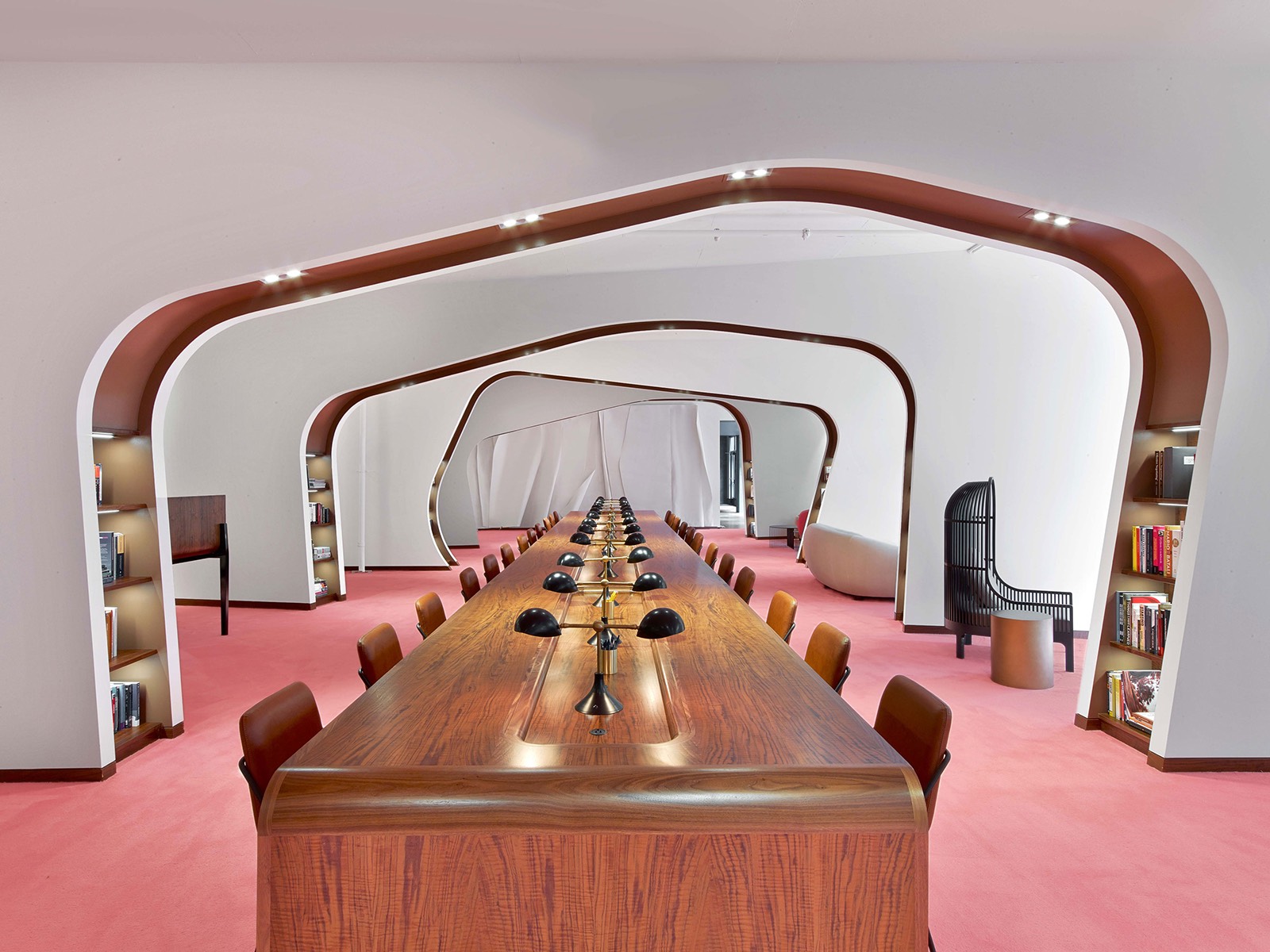
13. Do you think it is just a trend or the future for many companies? For example, to keep the costs down.
I think that there is a strong future.
14. Is there any new interesting product or a project you are currently working on?
We introduced a product line at ICFF (International Contemporary Furniture Fair) this year for the contract market (available soon) as well as continuing to work on great projects for the best brands in the world. Stay tuned.
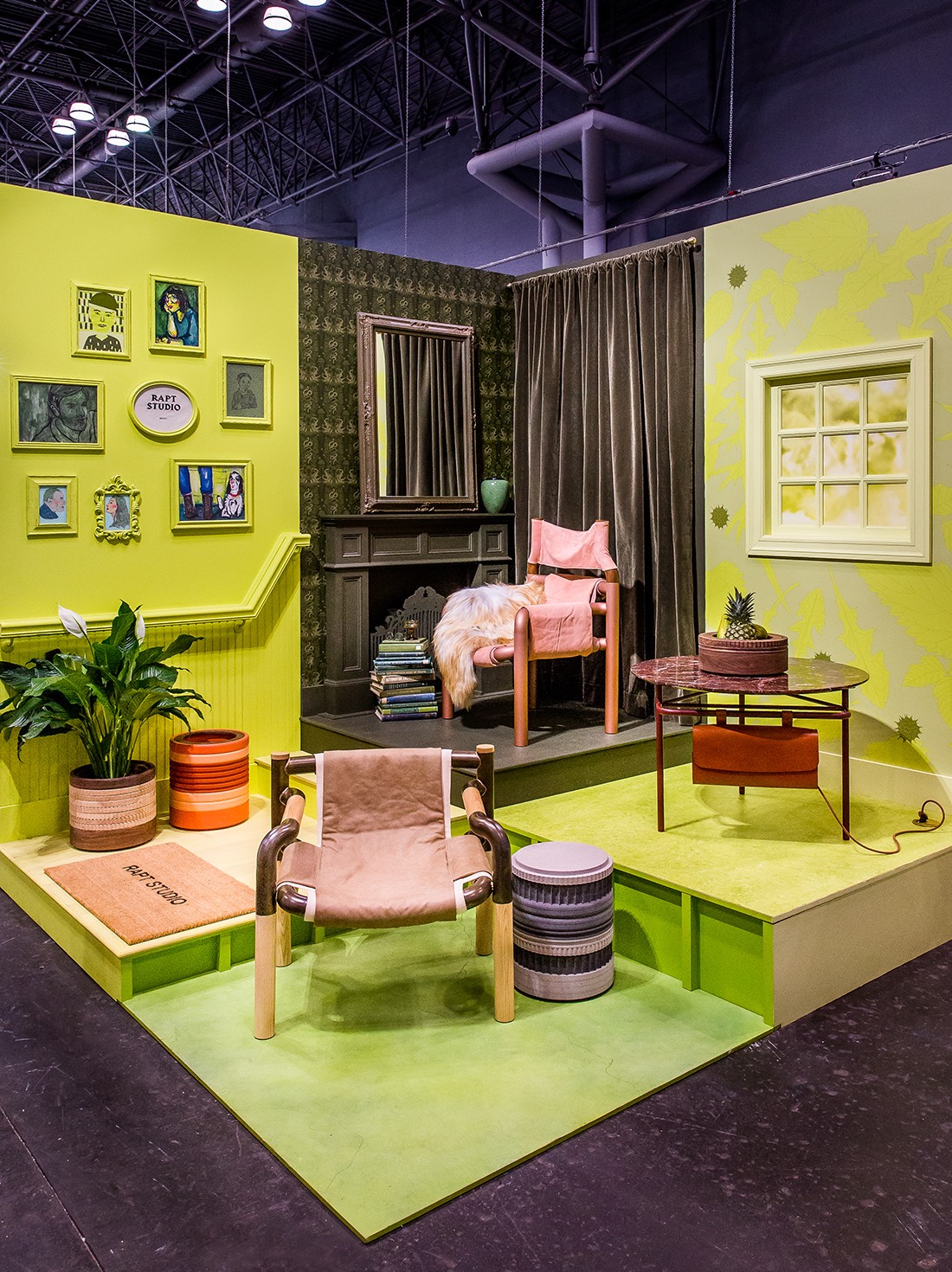
15. The best office space you have ever seen?
I just won’t answer that one, as some of the best photographed workplaces are some of the worst performing.
16. Thank you for your time David
Thank you
